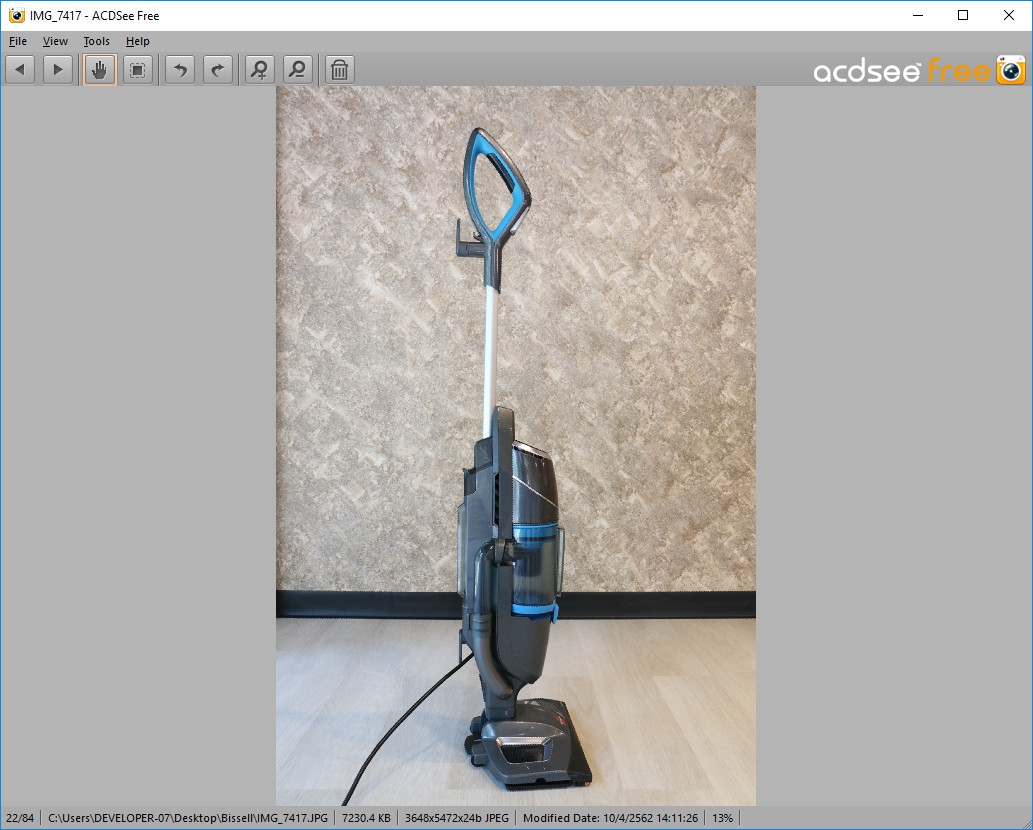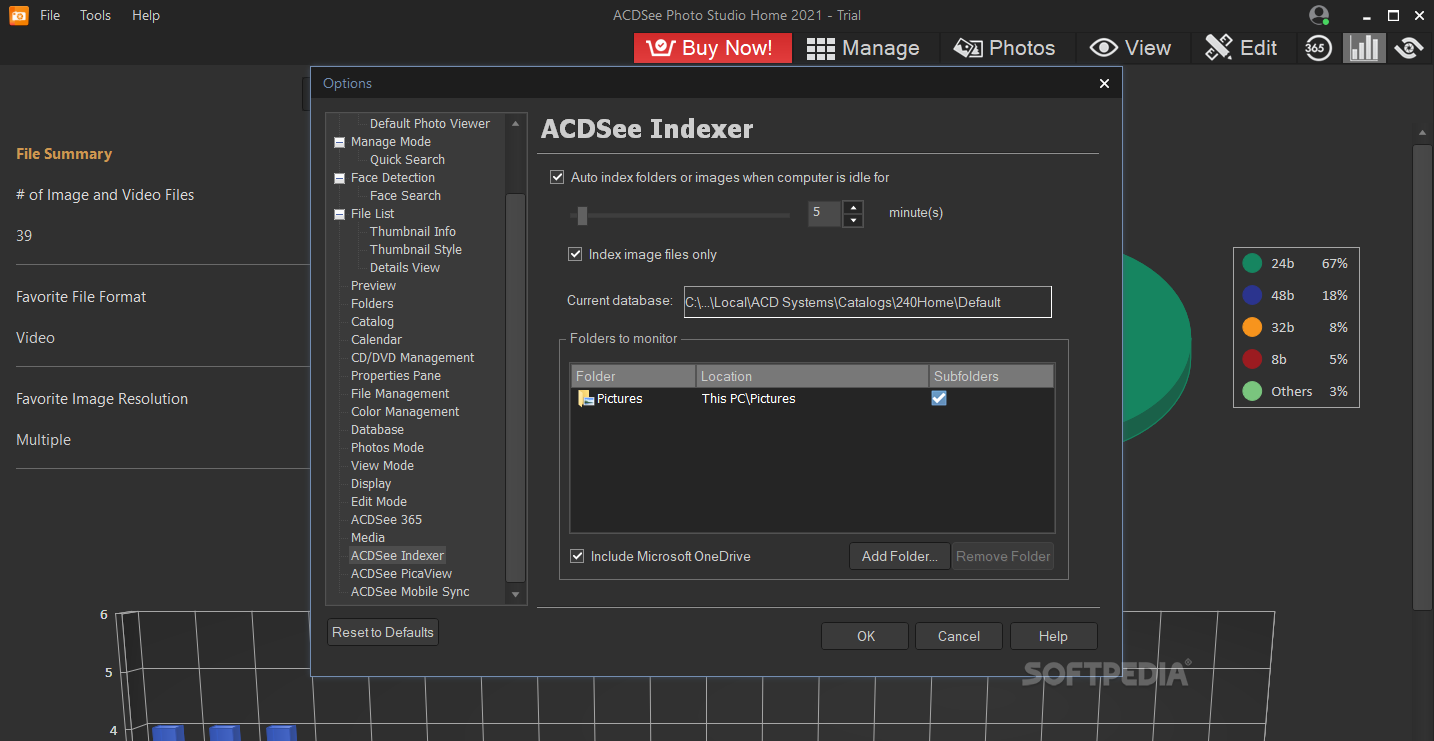

The photo manager is available as a consumer version, and a pro version which provides additional features, and additional image editing capabilities. Each database and its associated thumbnails can also be loaded and saved as separate entities. ĪCDSee's database can be backed up, and exported/imported as XML or binary.

The thumbnails generated by ACDSee are cached, so that they do not need to be regenerated, and stored on disk as a database.

ACDSee started as an image organizer/viewer, but over time had image editing and RAW development (Pro version) capabilities added. Most of ACDSee's features can be accessed via keyboard.ĪCDSee displays a tree view of the file structure for navigation with thumbnail images of the selected folder, and a preview of a selected image. Judging the image quality of a picture is fast due to next/previous image caching, fast RAW image decoding and support for one-click toggling between 100% and fit screen zoom mode anywhere inside the image. The newest versions of ACDSee incorporate modern Digital Asset Management tools like Face Detection & Facial Recognition (Ultimate 2019).ĪCDSee's main features are speed, lossless RAW image editing, image batch processing, editing metadata ( Exif and IPTC), rating, keywords, and categories, and geotagging. ACDSee was originally distributed as a 16-bit application for Windows 3.0 and later supplanted by a 32-bit version for Windows 95. Image organizer, image viewer and image editorĪCDSee is an image organizer, viewer, and image editor program for Windows, macOS and iOS, developed by ACD Systems International Inc.


 0 kommentar(er)
0 kommentar(er)
